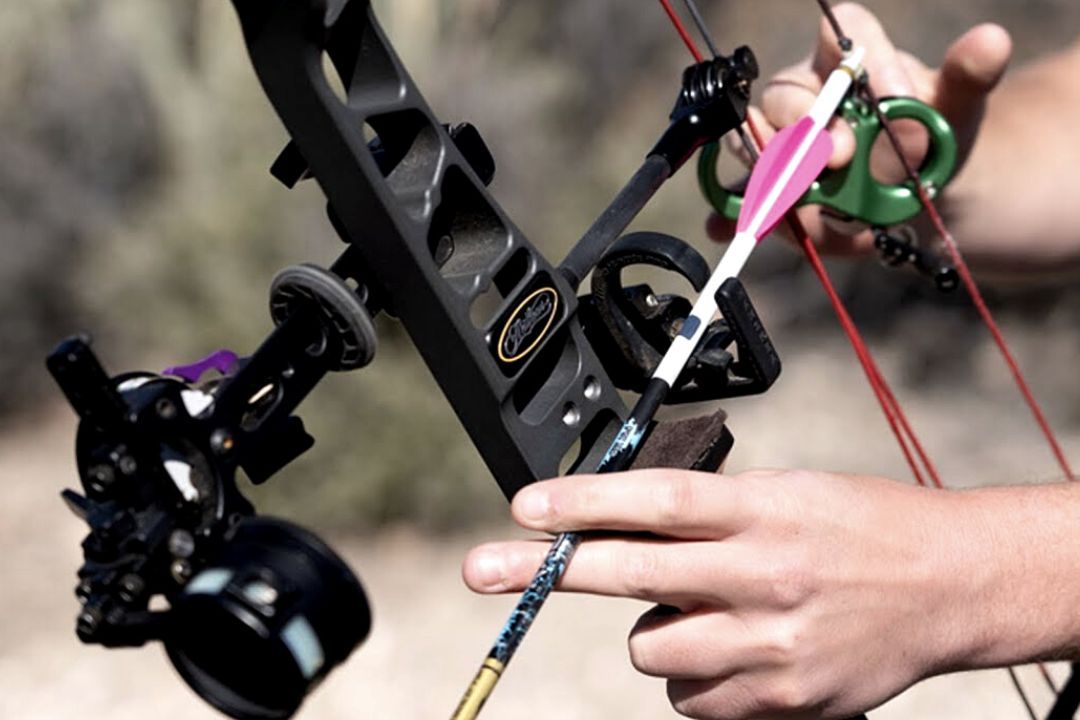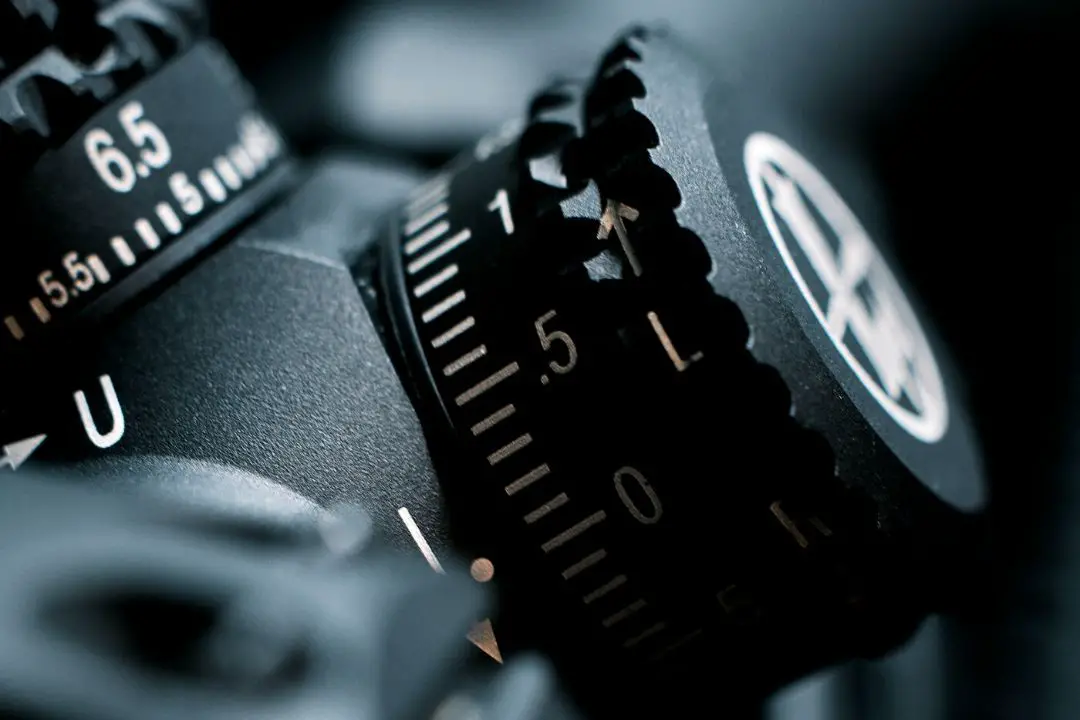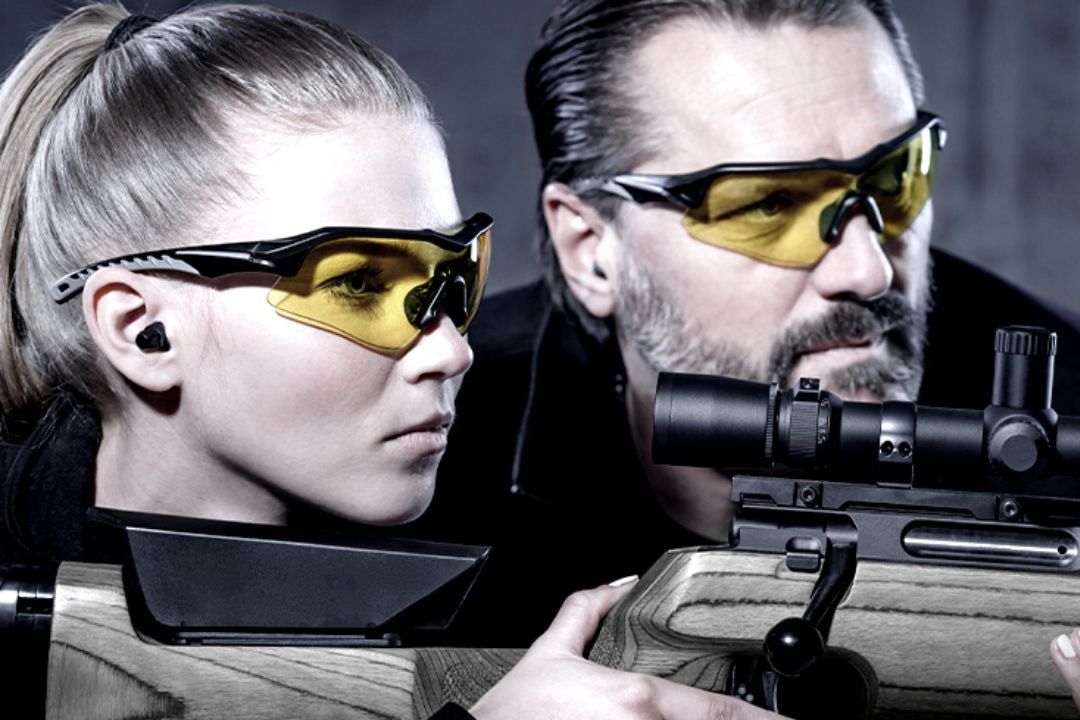A Quick Read on How to Adjust a Crossbow Scope Without Shooting
A crossbow scope is a necessity for any hunter using a crossbow. The scope allows the hunter to have a more accurate shot, which increases the chances of taking down the prey. In order to have the most accurate shot possible, the hunter must know how to properly adjust the crossbow scope.
A crossbow scope is a precision instrument, and as such, it needs to be properly calibrated in order to be effective. This process is known as "sighting in," and it's something that every crossbow hunter should know how to do.
But what do you do if you don't have any arrows to shoot? In this blog post, we'll show you how to sight in your crossbow scope without actually shooting any arrows.
While the specifics may vary slightly from one model to the next, the general principles are the same. In this blog post, we'll walk you through the steps of how to adjust a crossbow scope so that you can get the most out of your hunting trips.
Main Adjustment Factors
Windage
Windage is the horizontal adjustment on the scope. To adjust windage, the hunter first needs to identify the point of impact (POI) of the crossbow bolt. The POI is where the bolt hits in relation to the point of aim (POA), which is where the hunter is aiming. If the POI is to the left of the POA, then the hunter will need to adjust the windage knob to the right and vice versa.
Elevation
The elevation is the vertical adjustment on the scope. To adjust elevation, the hunter first needs to identify if they are shooting high or low. If they are shooting high, they will need to turn the elevation knob clockwise and vice versa.
Parallax
Parallax is an optical illusion that occurs when objects are not in line with each other. This can cause problems when trying to take an accurate shot because what you see through the scope may not be exactly what you hit. To fix this problem, hunters need to find where their scope is zeroed at different ranges and make adjustments accordingly. However, this should not be a problem if you have consistent contact points and not using rifle scopes in your crossbow.
Also, check out our article on the best drop-away arrow rests.
Simple Steps
1. Set up a target at a known distance. The best way to do this is to set up a target at 10 yards. This will give you a reference point for zeroing your scope.
2. Use a laser sight. What!? Yes, it seems odd, but it actually works! If you have a laser sight on your crossbow, you can use it to sight in your scope without actually shooting any arrows. Simply turn on the laser sight and adjust the windage and elevation knobs on your scope until the laser dot is centered on the target.
3. Use a bow string cocking device. If you have a bowstring cocking device, you can use it to tension the bowstring without actually firing an arrow. Simply attach the cocking device to the bowstring and pull it back until the bowstring is fully cocked. Then, look through the scope and adjust the windage and elevation knobs until the crosshair is aligned with the center of the target.
4. Use a rope cocking aid. If you don't have a bowstring cocking device, you can use a rope cocking aid to tension the bowstring without firing an arrow. Simply attach the rope cocking aid to the bowstring and pull it back until the bowstring is fully cocked. Then, look through the scope and adjust the windage and elevation knobs until the crosshair is aligned with the center of the target.
5. Use weight instead of arrows. If you don't have any arrows or a way to cock the bowstring, you can use weight instead. Simply tie a weight to the end of the bowstring and hold it in place with your hand. Then, look through the scope and adjust the windage and elevation knobs until the crosshair is aligned with the center of the target.
But keep in mind, it is best to shoot some arrows at your target for sighting in if you have the chance.
Also, check out a simple video to understand the theory::
Conclusion.
Sighting in your crossbow scope is an important part of being a successful hunter. By taking the time to properly adjust your scope, you can ensure that your shots are accurate and on target.
And if you are looking for the best crossbow scopes, you are in luck. Whether you're looking for a basic scope or something more advanced, we have the perfect option for you.
So tap the button below to check out our selection today and find the perfect scope for your crossbow hunting needs.

Some other articles we have written lately:
Also, check out some of our other quick reads:





